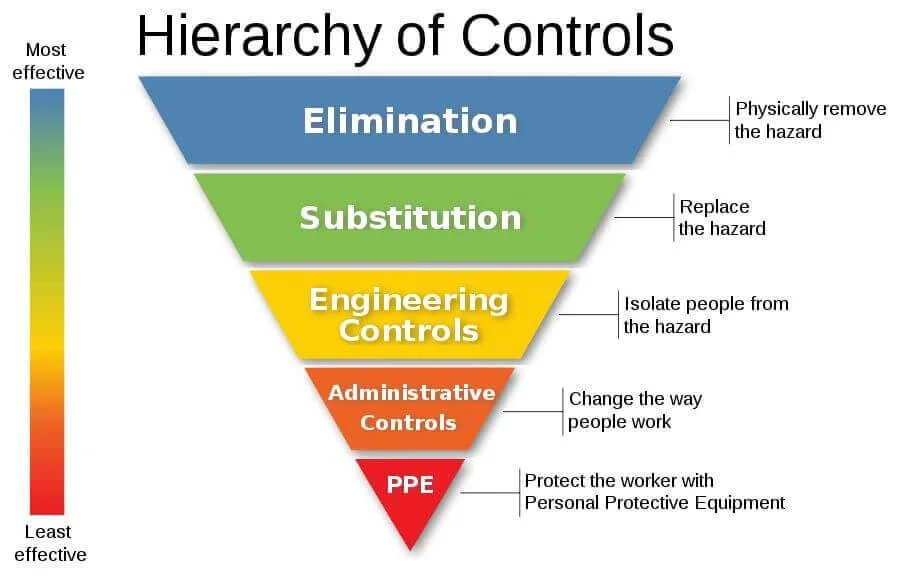ERGONOMICS RISK ASSESSMENTS
Identifying and Managing Workplace Ergonomic Risks
Expert ergonomic assessments identify risks in your workplace environment. Depending on your business needs, we comprehensively review workstations, equipment, tools, work tasks and the working environment. We provide detailed reports with prioritised recommendations tailored to your specific needs and budget.
Industries We Serve
Our risk assessment expertise covers diverse workplace environments:
Manufacturing, industrial facilities and production lines
Office and administrative environments
Control rooms
Healthcare and laboratory settings
Retail and warehouse operations
Construction sites
Comprehensive Assessment Process
What We Evaluate:
Work Tasks - Physical demands, repetitive activities, manual handling requirements and cognitive load
Workstation Design - Working surface heights, seating arrangements, equipment positioning and workspace layout
Equipment and Tools - Suitability, condition and ergonomic features of workplace equipment
Individual Needs - Employee-specific requirements, existing conditions and accommodation needs
Environmental Factors - Lighting, temperature, noise levels and spatial constraints
Workflow Analysis (if required) - Process efficiency, task sequencing and operational procedures
Assessment Methods:
On-site Assessments - Detailed workplace evaluations with direct observation, measurement, task analysis, conversations and feedback with employees
Risk Identification and Prioritisation
Our assessments identify ergonomic risks using evidence-based evaluation methods. We categorise findings by:
High Risk (Red) - Priority changes needed (urgent)
Medium Risk (Amber) - Improvements are recommended (important)
Low Risk (Green) - on track but enhancements may be suggested (beneficial)
Hierarchy of Controls Approach
We apply the hierarchy of controls framework developed by the National Institute for Occupational Safety and Health (NIOSH) to ensure the most effective risk reduction. NIOSH's focus on the hierarchy helps guide employers in prioritising more effective, built-in safety controls over less effective ones:
Elimination - Remove the hazard completely where possible
Substitution - Replace with safer alternatives
Engineering Controls - Redesign workstations or processes
Administrative Controls - Implement work practices (task rotation, break schedules, work methods), training and policies
Personal Protective Equipment - Final level of protection when other controls aren't sufficient
This systematic approach ensures sustainable solutions that address root causes rather than symptoms.
Detailed Reporting and Recommendations
You'll receive a comprehensive report including:
Areas of Concern - Specific workplace areas where issues or risks were identified during observation, conversations and feedback with employees
Risk Assessment Matrix - Clear categorisation of identified risks
Compliance Information - Regulatory requirements and standards alignment
Specific Recommendations - Detailed solutions with implementation guidance
Summary - Key findings and priority actions for management
Follow-up Actions - Timelines and review schedules for implementation
Benefits of Professional Risk Assessment
Legal Compliance - In line with Health and Safety Executive requirements and duty of care obligations
Injury Prevention - Proactive identification and mitigation of musculoskeletal disorder risks
Cost Reduction - Prevent expensive workplace injuries, productivity losses and compensation claims
Performance Enhancement - Optimised workplaces supporting employee efficiency and satisfaction
Evidence-Based Solutions - Professional recommendations backed by ergonomic expertise, ergonomics principles and best practice
Contact Ergo & Wellbeing to discuss your ergonomic risk assessment requirements and protect your workforce through professional workplace evaluation.






